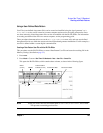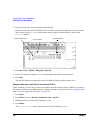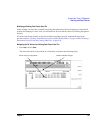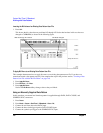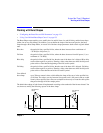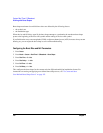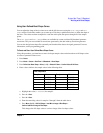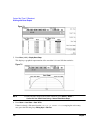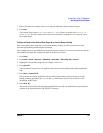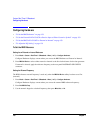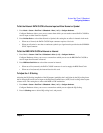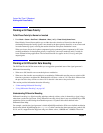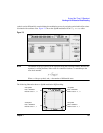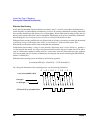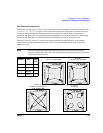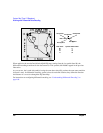
Chapter 7 157
Custom Real Time I/Q Baseband
Working with Burst Shapes
7. Enter a file name (for example, NEWBURST) using the alpha keys and the numeric keypad.
8. Press
Enter.
The contents of the current Rise Shape and Fall Shape editors are stored to the Catalog of
SHAPE Files. This burst shape can now be used to customize a modulation or as a basis for a new
burst shape design.
To Select and Recall a User-Defined Burst Shape Curve from the Memory Catalog
Once a user-defined burst shape file is stored in the Memory Catalog, it can be recalled for use with
real-time I/Q baseband generated digital modulation.
This example requires a user-defined burst shape file stored in memory. If you have not created and stored a
user-defined burst shape file, complete the steps in the previous sections.
1. Press
Preset.
2. Press
Mode > Custom > Real Time I/Q Baseband > Burst Shape > Burst Shape Type > User File.
3. Highlight the desired burst shape file (for example, NEWBURST).
4. Press
Select File.
The selected burst shape file is now applied to the current real-time I/Q baseband digital modulation
state.
5. Press
Return > Custom Off On.
This generates the custom modulation with user-defined burst shape created in the previous steps.
During waveform generation, the CUSTOM and I/Q annunciators activate. The waveform is now
modulating the RF carrier.
6. Press
RF On/Off.
The current real-time I/Q baseband digital modulation format with user-defined burst shape should be
available at the signal generator’s RF OUTPUT connector.



